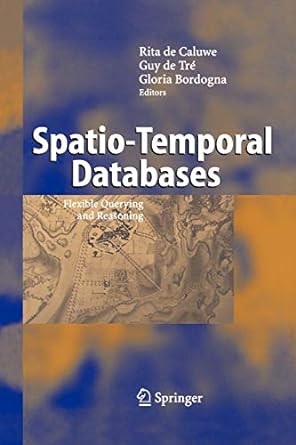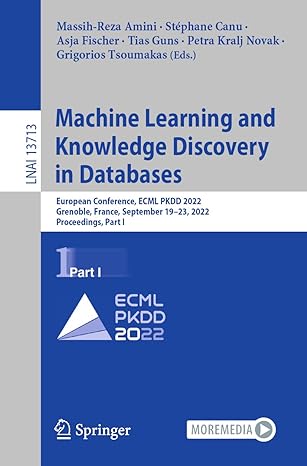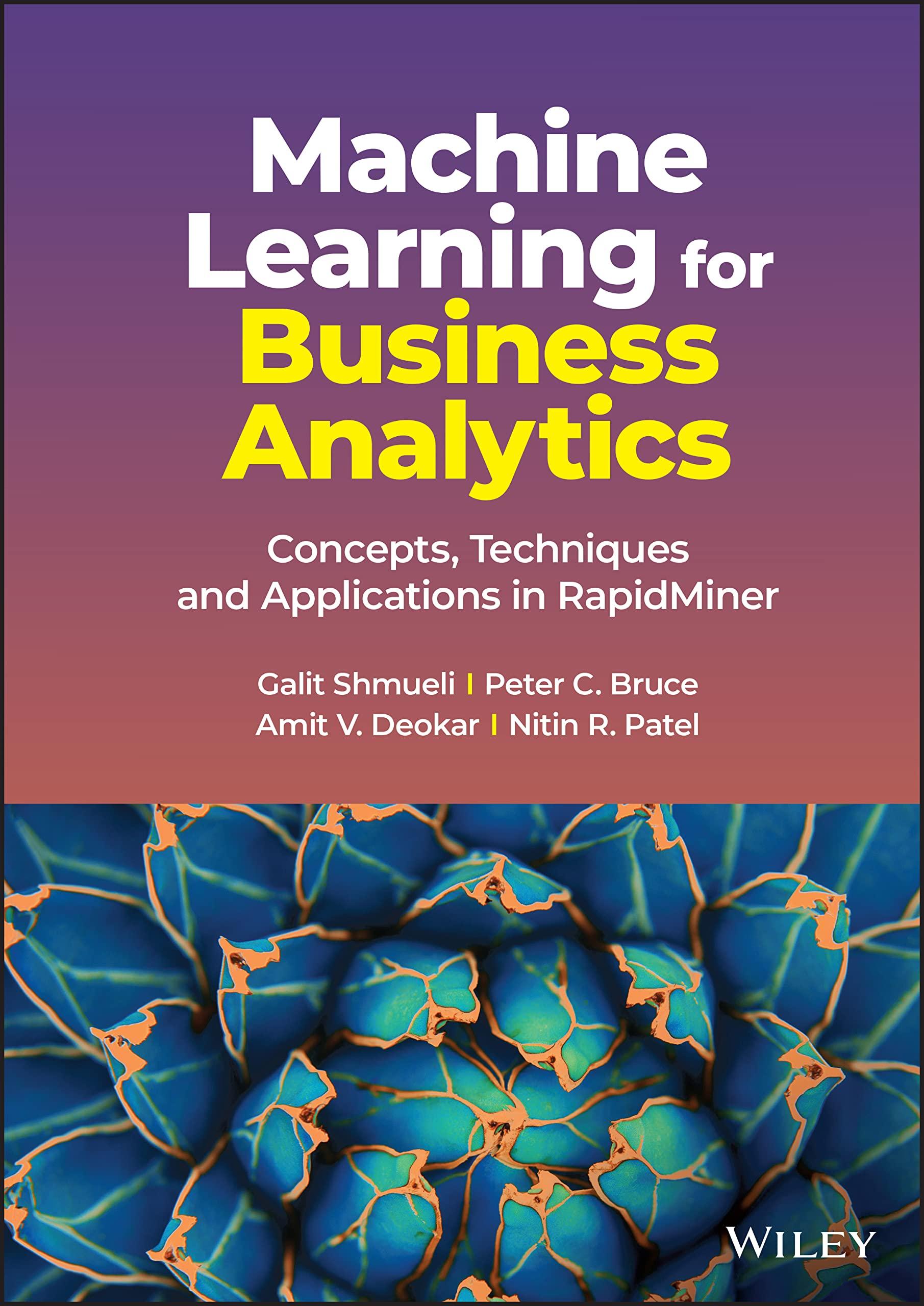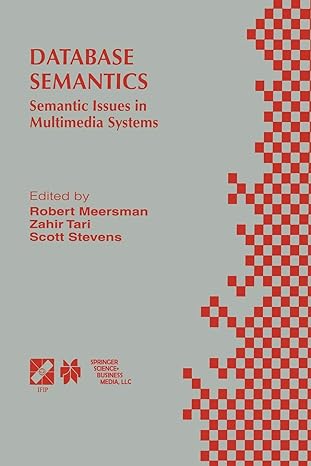Go back


Spatio Temporal Databases(1st Edition)
Authors:
Rita De Caluwe ,Guy De Tre ,Gloria Bordogna

Cover Type:Hardcover
Condition:Used
In Stock
Shipment time
Expected shipping within 2 DaysPopular items with books
Access to 30 Million+ solutions
Free ✝
Ask 50 Questions from expert
AI-Powered Answers
✝ 7 days-trial
Total Price:
$0
List Price: $129.59
Savings: $129.59(100%)
Solution Manual Includes
Access to 30 Million+ solutions
Ask 50 Questions from expert
AI-Powered Answers
24/7 Tutor Help
Detailed solutions for Spatio Temporal Databases
Price:
$9.99
/month
Book details
ISBN: 3642060706, 978-3642060700
Book publisher: Springer
Get your hands on the best-selling book Spatio Temporal Databases 1st Edition for free. Feed your curiosity and let your imagination soar with the best stories coming out to you without hefty price tags. Browse SolutionInn to discover a treasure trove of fiction and non-fiction books where every page leads the reader to an undiscovered world. Start your literary adventure right away and also enjoy free shipping of these complimentary books to your door.
Book Summary: Spatio-Temporal Databases explores recent trends in flexible querying and reasoning about time- and space-related information in databases. It shows how flexible querying enhances standard querying expressiveness in many different ways, with the aim of facilitating extraction of relevant data and information. Flexible spatial and temporal reasoning denotes qualitative reasoning about dynamic changes in the spatial domain, characterized by imprecision or uncertainty (or both). Many of the contributions focus on GIS, while some others are more general, or focus on related application fields, presenting theoretical viewpoints and techniques that are inspiring or can be adapted for GIS. The first part bundles the contributions on advances at the theoretical level, also discussing examples and opening further perspectives. The second part presents contributions on well-developed applications. The authors explain how to handle imprecision and uncertainty, demonstrating how advanced techniques can help to solve diverse problems related to GIS.
Customers also bought these books
Frequently Bought Together
Top Reviews for Books
Request fif28sw
( 4 )
"Delivery was considerably fast, and the book I received was in a good condition."










